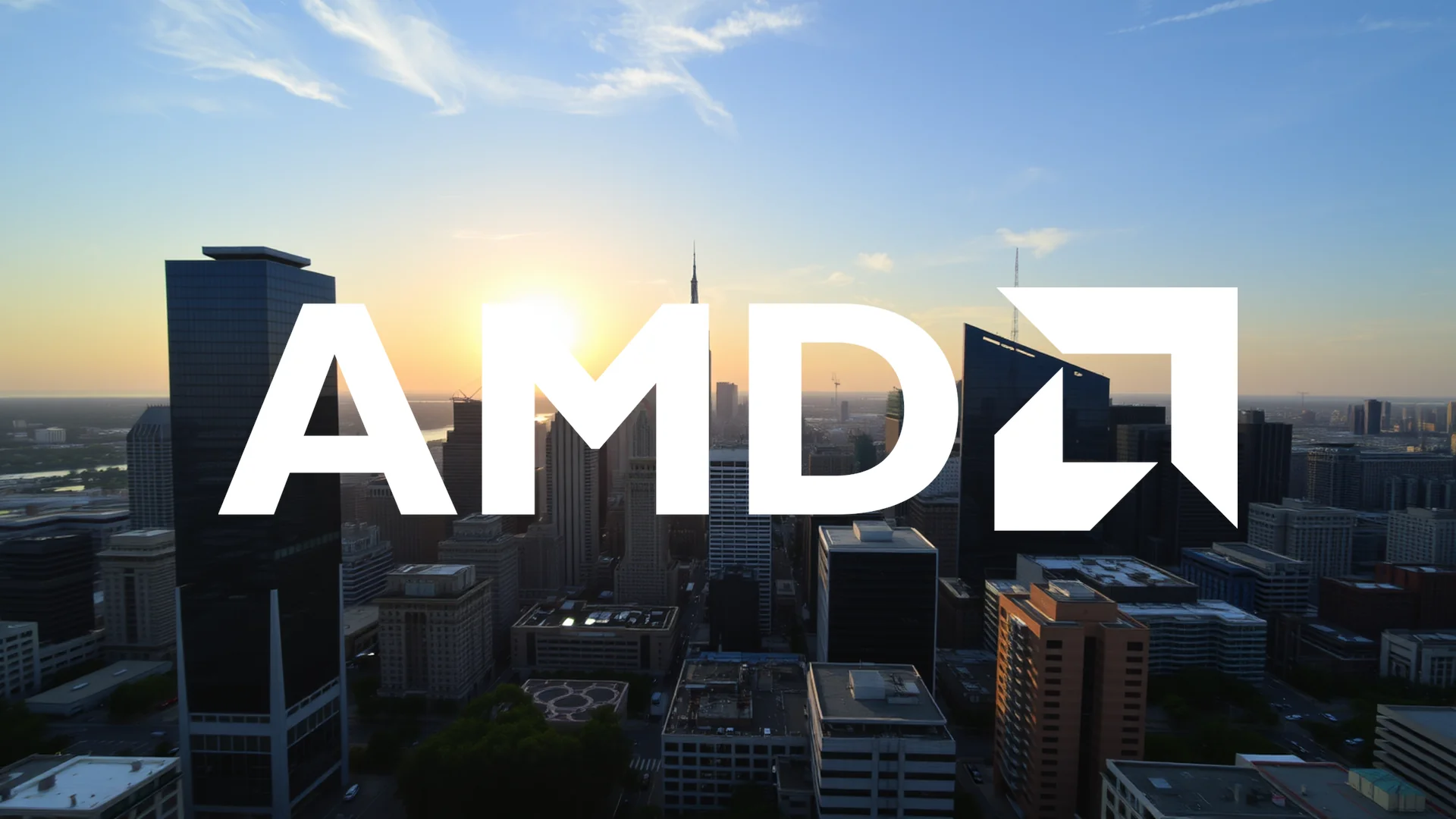The artificial intelligence enthusiasm surrounding Advanced Micro Devices (AMD) is showing significant cracks. Recent developments suggest the sustainability of the AI boom may be more fragile than previously believed, causing investors to reassess the semiconductor company’s position as NVIDIA’s primary challenger.
Supply Chain Realities Trigger Analyst Caution
Seaport Research Partners delivered a sobering assessment by downgrading AMD from “Buy” to “Neutral.” Their analysis points to concerning signals within the supply chain indicating a substantial cooling in the AI accelerator segment. Market strategist Jay Goldberg highlighted what he considers “overly optimistic expectations” for 2025, expressing skepticism that initial customer commitments will translate into substantial volume orders.
The situation appears particularly concerning with key clients. Both Microsoft and Meta Platforms, previously considered major adopters of AMD’s AI solutions, are reportedly reevaluating their AI expenditure strategies. This potential pullback comes at an inopportune moment for AMD, which just in June unveiled its new MI350 and MI400 chips designed to compete directly with NVIDIA’s Blackwell processors.
Multiple Headwinds Converge
Beyond the specific AI concerns, broader economic factors are creating additional pressure. The weakest U.S. labor market data in years has sparked worries about an economic slowdown that could constrain future IT budgets. Simultaneously, renewed trade tensions under a potential Trump administration introduce further uncertainty—though as a fabless chip designer, AMD would likely be less affected by tariffs than some competitors.
Should investors sell immediately? Or is it worth buying AMD?
Perhaps the most disruptive development emerges from within the AI sector itself. Reports indicate OpenAI is considering developing its own AI chips. Should other technology giants follow this precedent, it would fundamentally challenge the current reliance on external suppliers like AMD and NVIDIA.
From Record Highs to Reality Check
The current sentiment marks a sharp contrast to the optimism of just one week earlier. Truist Securities had upgraded AMD based on growing interest from hyperscalers and potential market share gains against NVIDIA. The company’s recent second-quarter performance had been strong, with record revenue of $7.7 billion representing a 32% year-over-year increase.
The recent market reaction demonstrates how fragile the AI optimism has become. Following a 34% annual gain, investors have grown hypersensitive to any news that questions the AI narrative. The critical uncertainty now is whether this represents a temporary setback or requires a fundamental recalibration of expectations for significant AI market share gains.
AMD may provide clarity on November 11th during its Financial Analyst Day, when the company is expected to offer detailed insights into its AI strategy. Until then, investor nerves are likely to remain tested as the market digests these competing signals about the future of AI computing.
Ad
AMD Stock: Buy or Sell?! New AMD Analysis from December 8 delivers the answer:
The latest AMD figures speak for themselves: Urgent action needed for AMD investors. Is it worth buying or should you sell? Find out what to do now in the current free analysis from December 8.
AMD: Buy or sell? Read more here...










